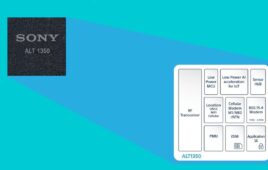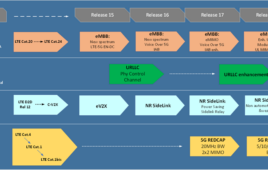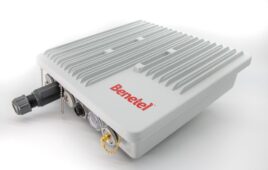The iPad, Apple’s self-proclaimed most advanced piece of technology ever, is apparently cheaper to build than one might expect. Technology intelligence firm iSuppli estimates the total bill of materials (BOM) for the mid-range 32GB iPad, with 3G connectivity, will come in at $287.15.
According to a press release, iSuppli figures on $275.95 in components and $11.20 in manufacturing costs. It should be noted that iSuppli has not disassembled a device, as per its usual procedure, to arrive at these estimates.
iSuppli estimates the touchscreen for the device came in at $80, the battery at $17.50, the NAND Flash memory at $29.50 and the 3G wireless component was had for $24.50.
“At a BOM and manufacturing cost of $287.15 and a retail price of $729, the 32Gbyte/3G version is expected to generate the highest profit of any member of the iPad line on a percentage basis,” said Jagdish Rebello, senior director and principal analyst for iSuppli, in a statement.
Rebello goes on to note that the 32GB versions of the iPad cost only $29.50 more to produce than the 16GB versions, but their retail pricing is $100 higher, which he thinks indicates that Apple believes the highest-volume opportunity for the iPad resides in the mid-range product line.
To put the estimated build cost of the iPad into perspective, consider that iSuppli’s teardown of the 16GB iPhone 3GS arrived at a BOM of $178.96.




